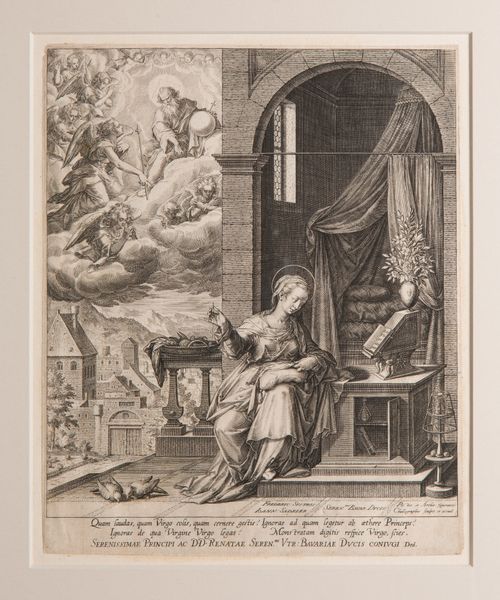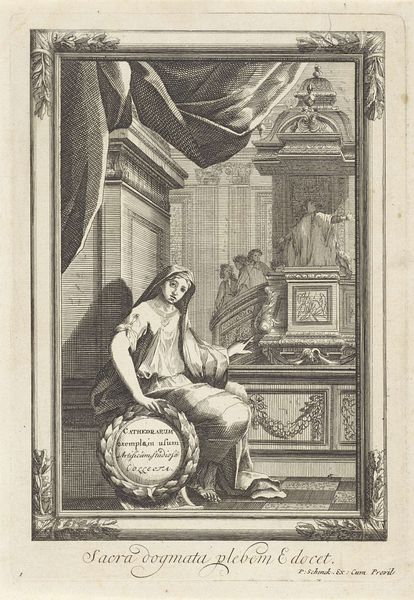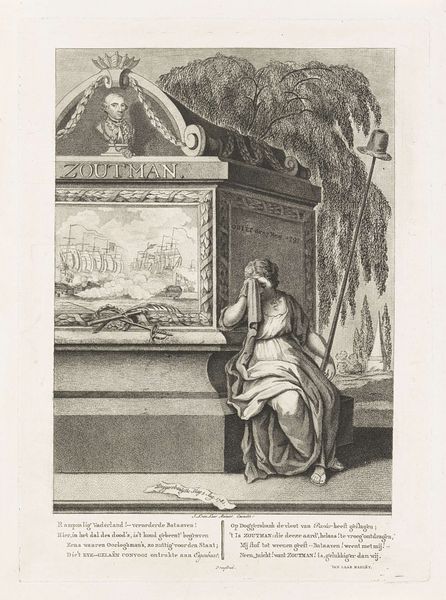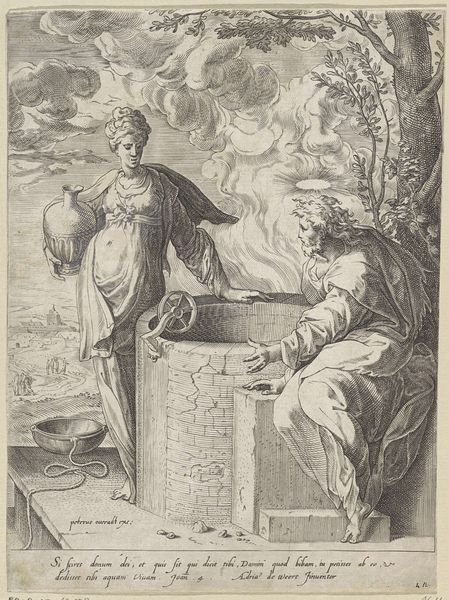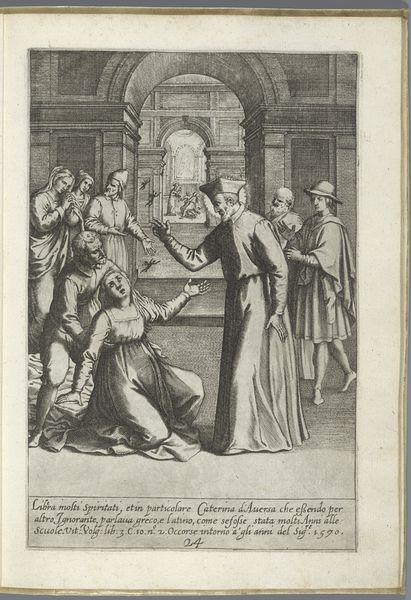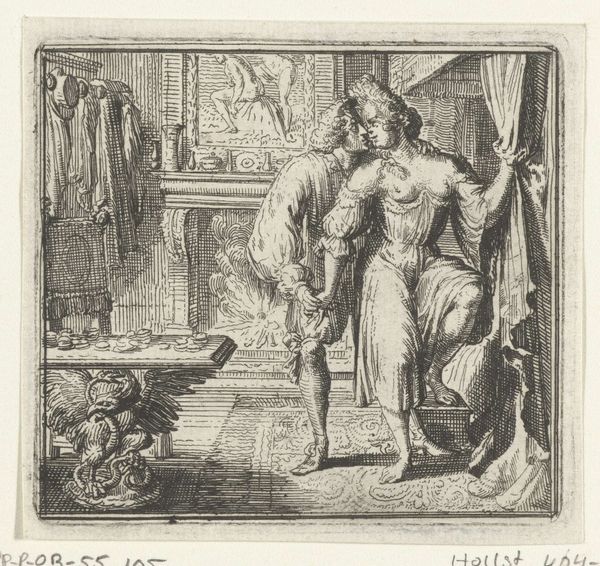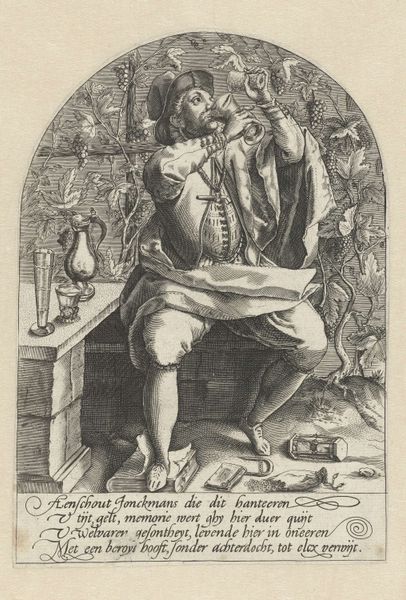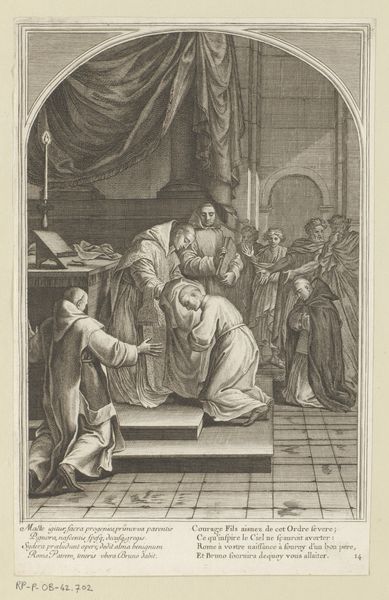
engraving
#
baroque
#
figuration
#
line
#
history-painting
#
engraving
Dimensions: height 332 mm, width 219 mm
Copyright: Rijks Museum: Open Domain
This print, "Heilige Bruno in gebed," was created by François Chauveau in the 17th century. He made it by incising lines into a copper plate with a tool called a burin, then inking the plate and running it through a press. This method, known as engraving, required great skill, and many hours of labor. You can see this in the thousands of tiny marks that build up the image, from the folds of the monk’s habit to the stones of the ruined building in the background. Chauveau’s mastery of this technique allowed him to create fine details. Look closely and you can see the texture of the fabric, the grain of the wood, and the reflection in the saint’s tearful eyes. Although prints were relatively inexpensive, the labor that went into them was considerable. By attending to the material of the print – the copper, the ink, the paper – and the process by which it was made, we gain a greater appreciation for the skilled labor involved in its production, and how it was valued in Chauveau’s time.
Comments
No comments
Be the first to comment and join the conversation on the ultimate creative platform.
